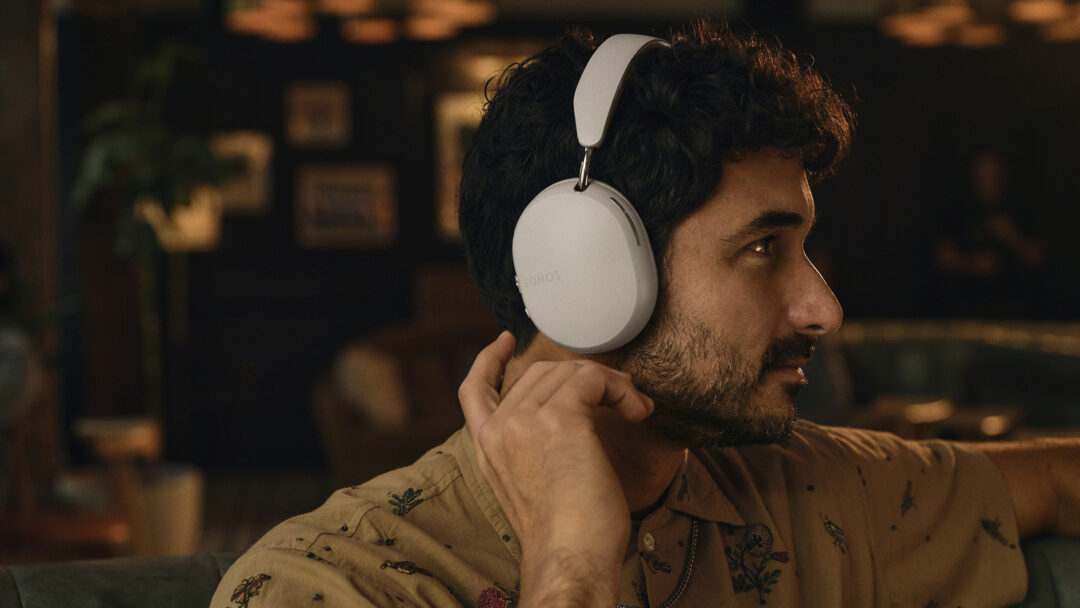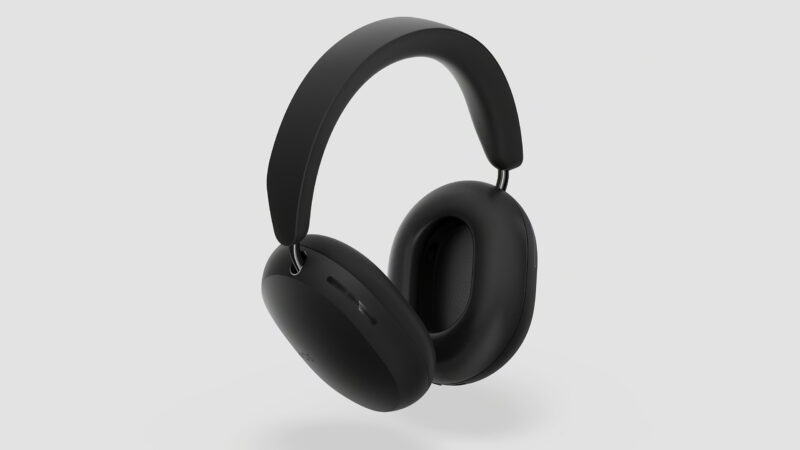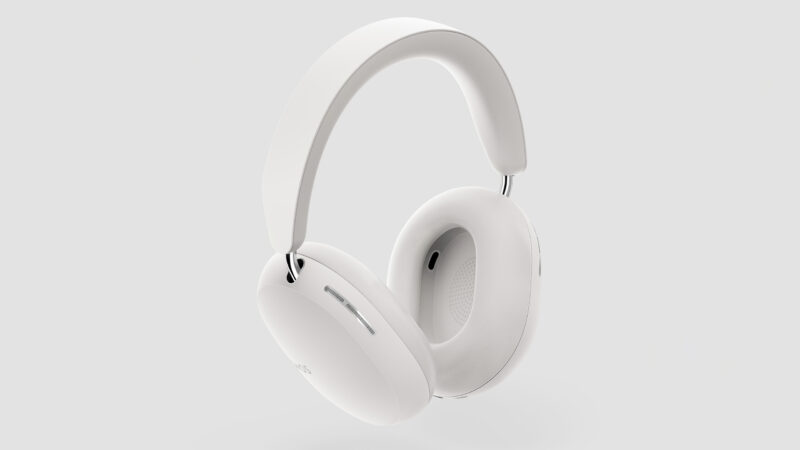When it comes to wireless multi-room speakers for home music streaming, Sonos is the undisputed king. There are competitors, but they are at best only contenders for the throne.
Headphones, on the other hand, are completely new territory for Sonos, which has only tentatively ventured outside the four walls of the home (with the Move and Roam speakers).

Sonos Ace has been anticipated for years and there have been numerous rumours that it would finally become a reality. But this time it’s actually true. We had the opportunity to review them before the launch – and they were worth the wait.
The Sonos Ace has a sleek and quite elegant design. The earcups are flat and oval, and the headband is lined with leatherette-covered foam. Instead of a fork-shaped suspension, the metal hoop goes into the earcups. It’s all understated and discreet, and the only ‘contrast’ is the Sonos logo, which is printed in glossy lacquer but in the same colour as the earcup.
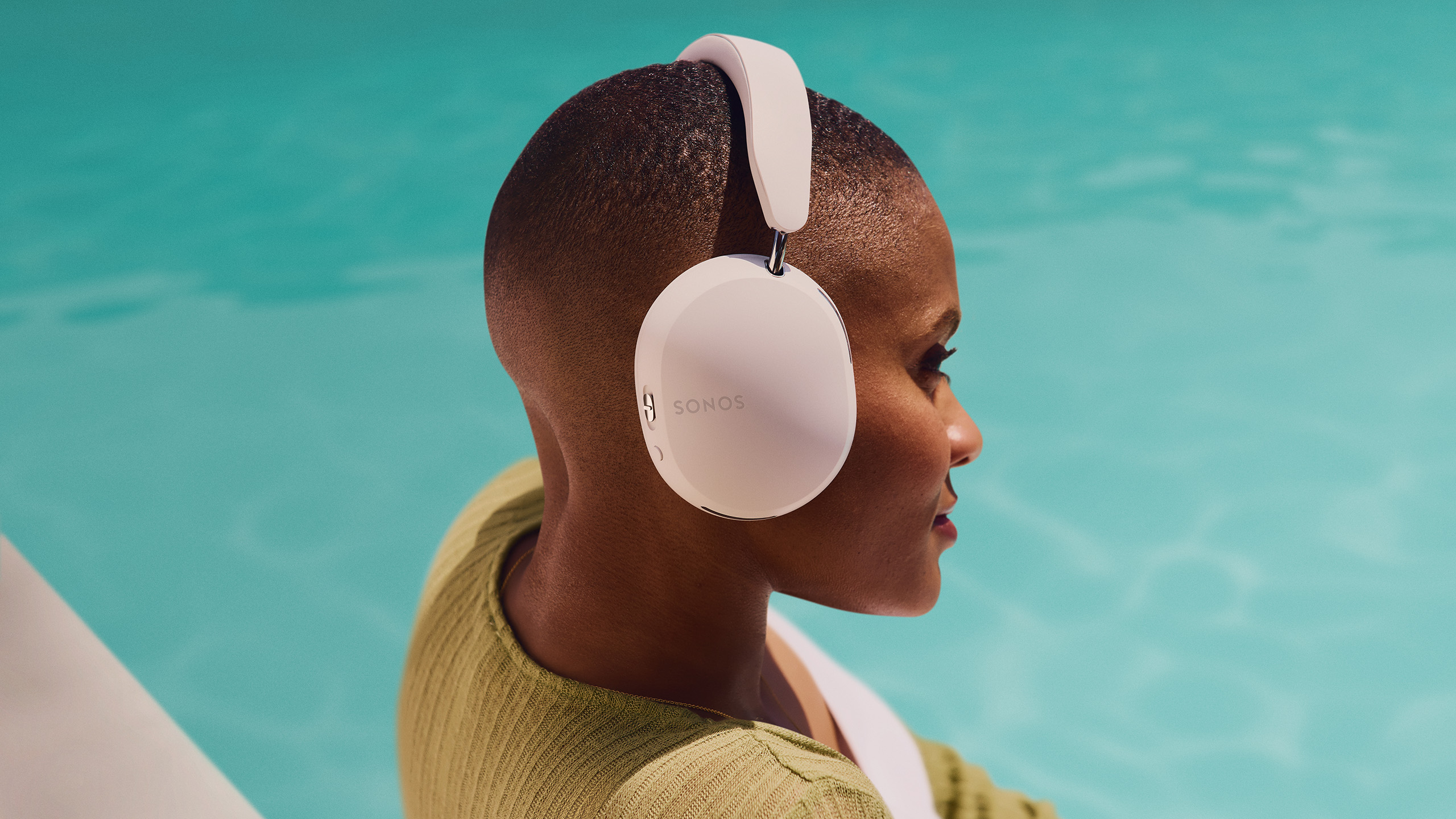
A travel case is included, which thanks to the slim design of the headphones is actually compact enough not to take up an unnecessary amount of space in hand luggage.
The wearing comfort is close to perfect. The Sonos Ace sits comfortably and stably on the head and they fit snugly to the head. Although some adjustment may be needed to fit with a pair of spectacles.
Sonos Ace is more than just another wireless headphone with noise cancellation. Firstly, they support spatial audio, including Dolby Atmos. But it’s not just about giving a spatial feel to tracks that have been through the remix machine. It’s much more about home cinema.
Virtual home cinema
Not only can you enjoy your film in Atmos 3D surround in your headphones. Thanks to headtracking, you can enjoy it with the same sound experience as through your home cinema speakers. With the push of a button on one ear cup, you can ‘move’ the sound from the speakers to the headphones. The sound stays in the same place in the virtual space when you turn your head. The effect is quite convincing, although you can still clearly hear the difference between sound from the speakers and the headphones.

But there is a single and crucial limitation: Head tracking – and thus the virtual speaker experience – only works with Sonos speakers. The electronics that make tracking possible are located in the soundbar. Initially, only Sonos Arc is supported, but support for the smaller soundbars, Ray and Beam, will follow.
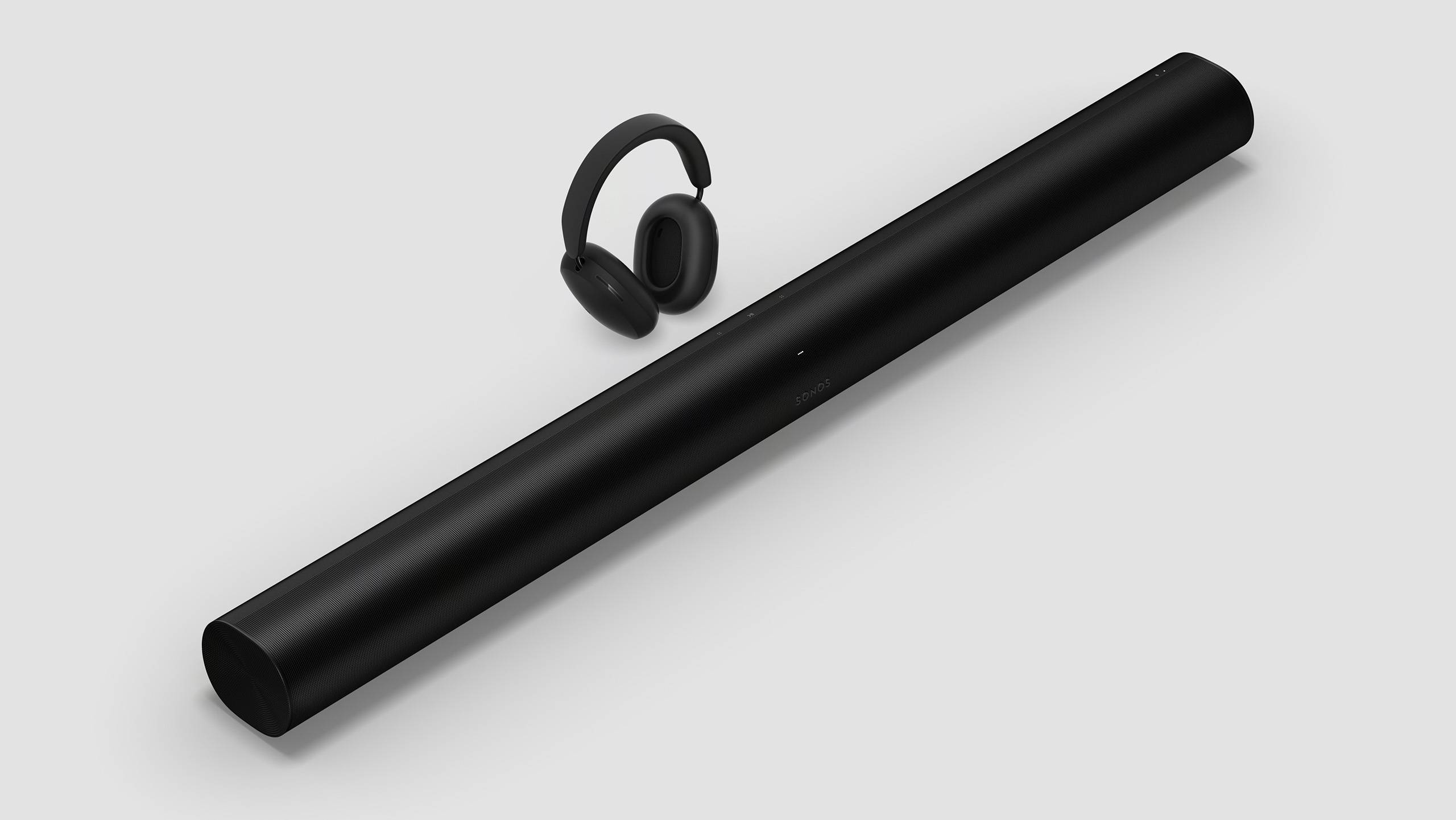
However, it’s by no means impossible to make headphones with head tracking without external electronics to detect the position of your head. The Audeze Mobius did just that – and with an even more convincing illusion of listening to a set of speakers in front of you.
For a larger audience, Apple was the first to offer a virtual speaker simulation with head tracking in AirPods. However, Apple also requires another product of the same brand to activate the feature.
Finally, Sonos has come up with a great soundbar. Arc supports Atmos, and also has some clever tricks up its sleeve.
Ensuring loyalty
For Sonos, this is a convenient way to ensure customer loyalty. Because if you have one product, you’ve made the first step on a path that ends with the same manufacturer’s equipment in every room. You already can’t combine Sonos multi-room and home cinema speakers with speakers from other brands. With the exception of IKEA Symfonisk, which produces compatible speakers under licence. And now Sonos has made it similarly easy for their customers to choose which headphones they want. Because Ace offers some advantages compared to, for example, the Bowers & Wilkins PX7 S2e or Sony WH-1000XM5. Sonos can’t compete with Bowers & Wilkins on sound quality and no one beats Sony when it comes to noise cancellation, but they don’t integrate with your speakers.
The sound quality
Sonos Ace offers an overall pleasant and open soundstage. And thanks to AptX HD, you get pretty decent hi-fi quality over Bluetooth.
Many ANC headphones lean towards a stuffy sound with a muted treble. But not here. The treble sounds free and well resolved, and listening to the Sonos Ace is generally easy as there’s nothing that stands out or distracts. Voices are reproduced naturally and effortlessly, without the Ace ever sounding analytical. The low range also seems firm and appropriately powerful. And thankfully, Sonos hasn’t succumbed to the temptation to turn up the bass.

On the whole, Sonos Ace does nothing wrong. The sound is as impeccable and discreetly pleasant as the look of the headphones. If there is a shortcoming, it’s in what the Ace doesn’t do: It doesn’t stand out, but seems to hold back when there’s a risk of getting too excited. The MTV live version of the Eagles’ Hotel California is a fun and dynamic track. And it’s still a pleasure to listen to on the Sonos Ace. But how much more engaging I’ve heard that song sound before!
Convenience
The ambient sound, which Sonos calls Aware, works just as flawlessly as the rest: a press of a button switches between ANC and Aware mode, and the sound is so natural that you won’t be tempted to just take off your headphones when you want to hear what others are saying.
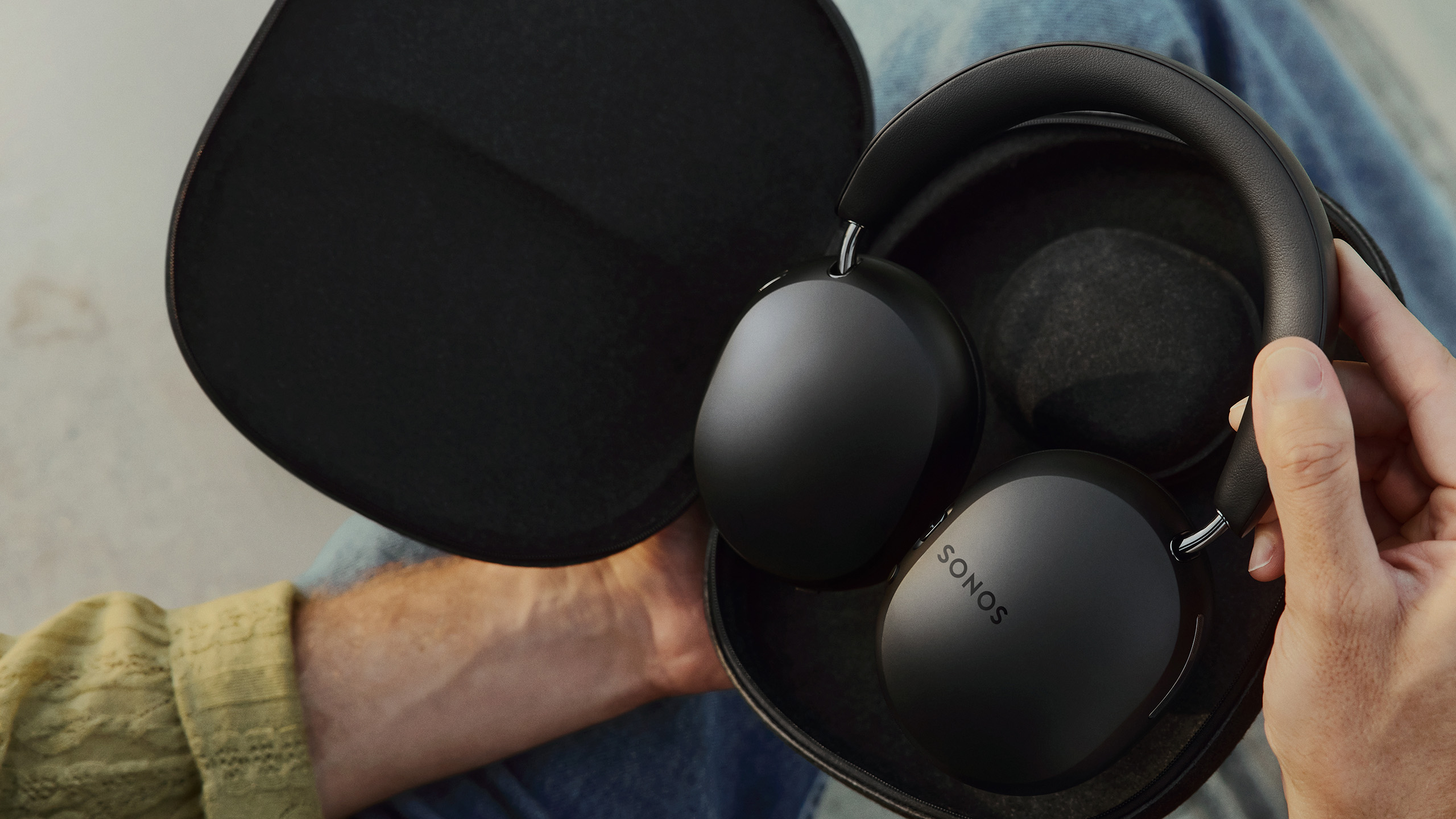
If Sonos is to be criticised here, it’s that they’ve made the options so simple and few that it lacks some of the features that competitors offer. There is only one level of noise cancellation and one way to bring in ambient sound. But when they work well – and they do – there’s really no need to offer a plethora of options. In this respect, Sonos surely knows their target audience: their customers want convenience rather than time-consuming settings. No one buys a Sonos speaker to get the highest sound quality. Just as well as Sonos never discloses details such as frequency range or amplifier power.
In practice, the noise cancellation is quite sufficient to eliminate the distraction of even noisy environments like an airplane cabin or a train compartment.
Conclusion
Sonos Ace is not like the majority of wireless headphones. The integration with the Sonos ecosystem of multi-room and home cinema speakers is unique, and the ability to move the sound from the speakers to the headphones at the touch of a button – while still maintaining the sense of space – is brilliant. It’s also a double-edged sword. If you haven’t already bought the whole package and become totally engaged with Sonos, it’s hard to find an economic argument for buying the Sonos Ace on its own. It sounds great, but so do many other headphones at a lower price point.

We think
Pleasant and well-resolved sound. The home cinema features are brilliant. As an ANC headphone, the Sonos Ace is expensive. The smart home cinema features only work with a Sonos soundbar.
499 €
Specifications
- Type: Over-ear, wireless ANC
- Drivers: 40 mm
- Frequency range: (not stated)
- Active noise cancellation: Yes, with ambient sound (‘Aware’ mode)
- Microphones: 8
- Battery life: 30 hours with ANC
- Protection: (not stated)
- Charging: USB-C
- App: Sonos
- Connectivity: Bluetooth 5.4 (AptX HD)
- Weight: 312 g.
- Web: sonos.com
